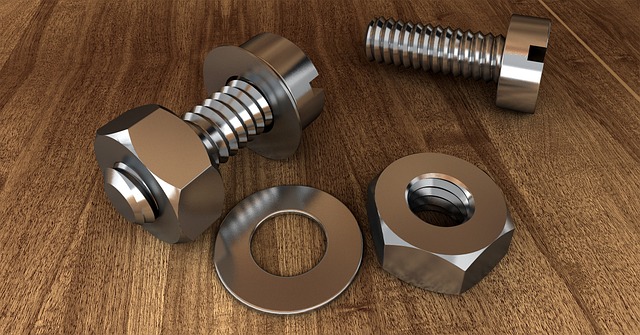
Thread Count: A Guide to Hardware Threads in IT
Understanding the Number of Threads in IT
In the ever-evolving realm of informational technology, the concept of threads” transcends the mere notion of fibers woven into fabric. Here, we delve into the intricate world of hardware threads, exploring how the number of threads in a processor can significantly influence performance, efficiency, and ultimately, user experience.
What Are Threads?
At its core, a thread represents the smallest sequence of programmed instructions that can be managed independently by the scheduler. In computer architecture, threads essentially allow multiple operations to occur simultaneously, enabling systems to achieve multitasking and maximize efficiency. But how does the number of threads come into play?
The Importance of the Number of Threads
The number of threads directly correlates with a processor’s ability to handle concurrent tasks. Processors with higher thread counts can run multiple processes at once, making them exceptionally powerful for applications demanding significant computational resources, such as video editing, gaming, or data analysis.
For instance, consider a scenario where a user is running several applications—browsing the web, streaming a video, and perhaps running background updates. A CPU with a higher number of threads can distribute these tasks more efficiently, resulting in smoother performance and less lag.
Single vs. Multi-Threading
Hardware threads can be categorized into two main systems: single-threading and multi-threading. Single-threaded processes execute one task at a time, while multi-threading allows multiple threads to run in parallel. Harnessing the power of multi-threading can drastically improve performance, especially in environments where software applications are optimized for it.
Hyper-Threading Technology
Intel’s Hyper-Threading technology is a notable example that enhances a CPU’s performance by creating two virtual threads for each physical core. This means that a quad-core processor can execute eight threads simultaneously, significantly increasing the capabilities of the system. This is a crucial aspect to consider for IT professionals when evaluating hardware for specific tasks.
Choosing the Right Hardware
When selecting hardware for IT applications, understanding the number of threads becomes paramount. Ideal configurations depend on the intended use. For instance, developers might benefit from a processor with many threads to handle compiling code, while gamers may prioritize graphics card performance but still appreciate the elevated multitasking potential that comes with more threads.
Future Trends
The landscape of technology is continually shifting, and the importance of threads in computing is bound to grow. As software advances and becomes more multithreaded, the demand for hardware capable of supporting higher thread counts will likely increase. IT professionals must stay ahead of this curve to optimize their systems for future challenges.
In summary, the number of threads is a vital aspect of hardware that demands careful consideration. As we continue to push the boundaries of what technology can do, understanding these concepts will empower IT professionals to make informed decisions that enhance performance and efficiency in their operational environments.



